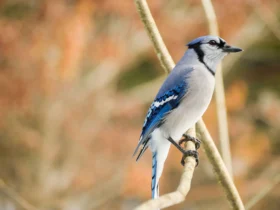In the dense forests of Asia, a regal bird with vibrant plumage roams the undergrowth—the Mikado Pheasant (Syrmaticus mikado). Renowned for its stunning appearance, captivating courtship displays, and elusive nature, this magnificent bird is a symbol of grace and beauty in the avian world. Let us embark on a journey into the enchanting world of the Mikado Pheasant and explore its remarkable characteristics.
Mikado Pheasant images
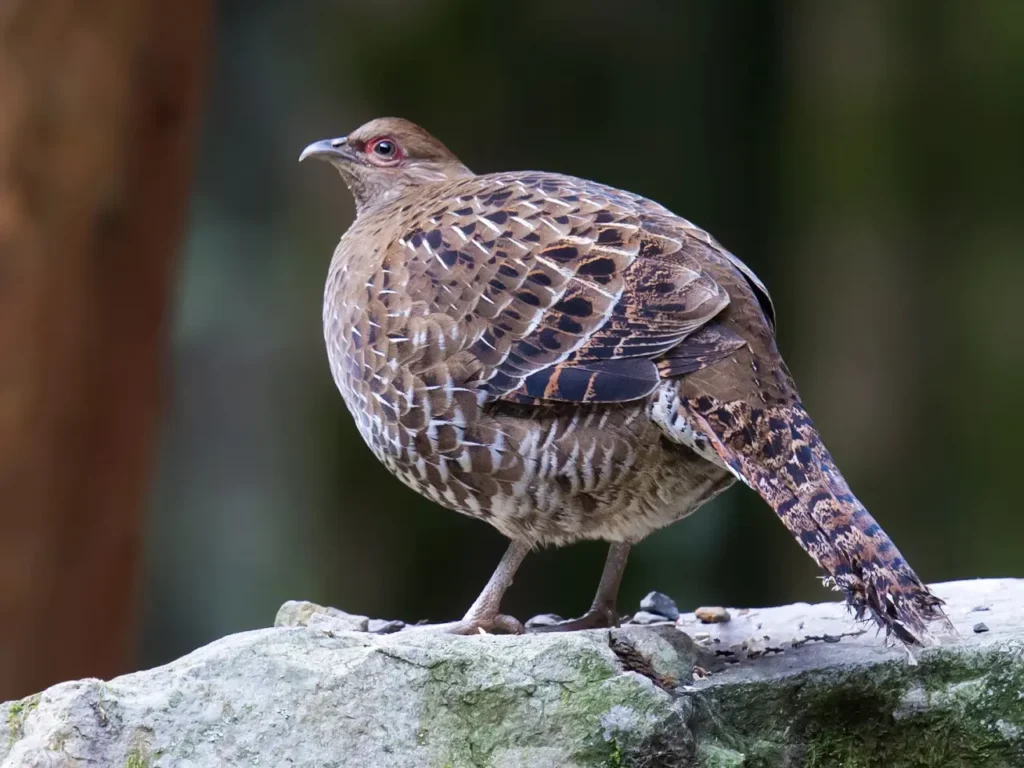
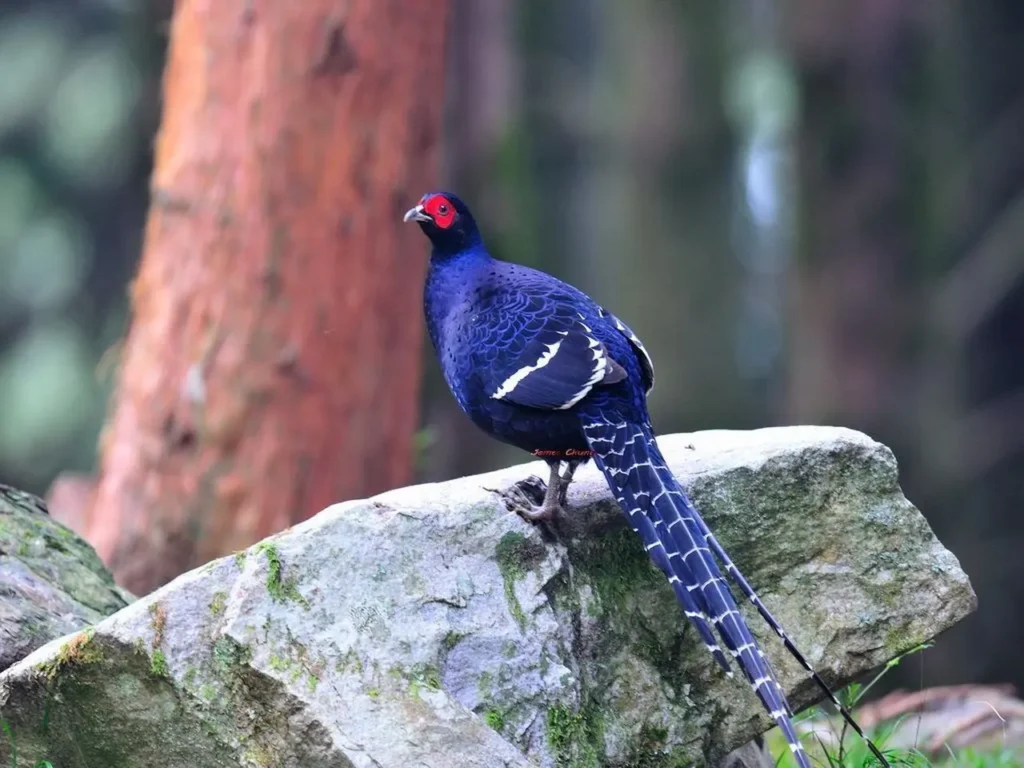
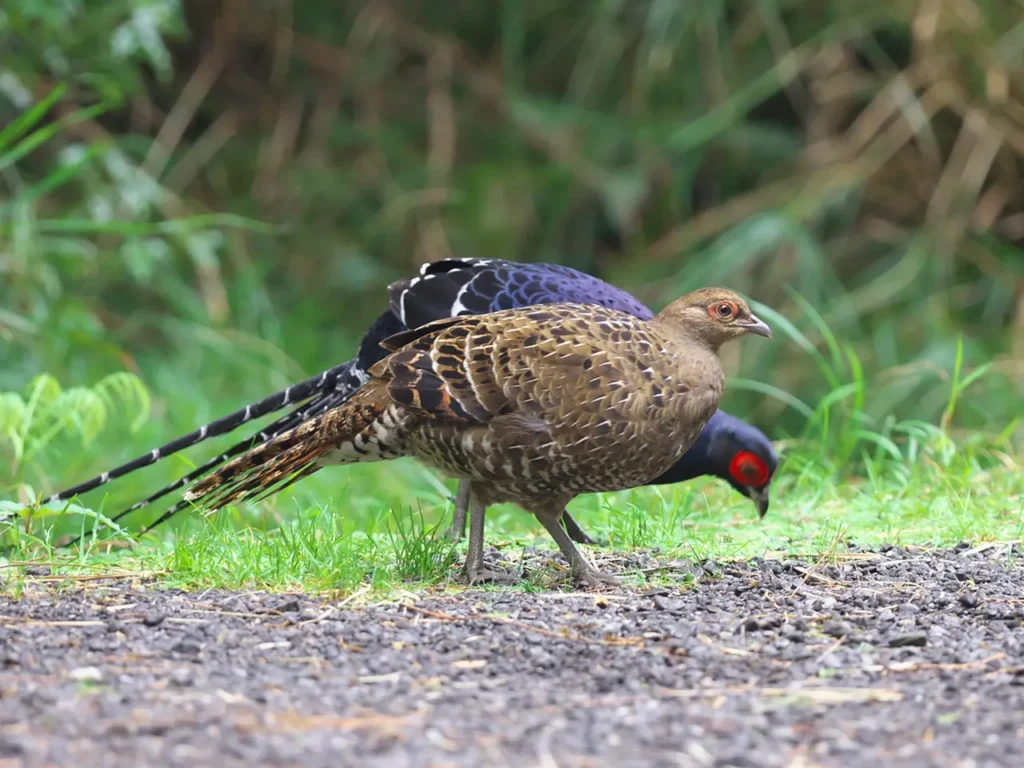
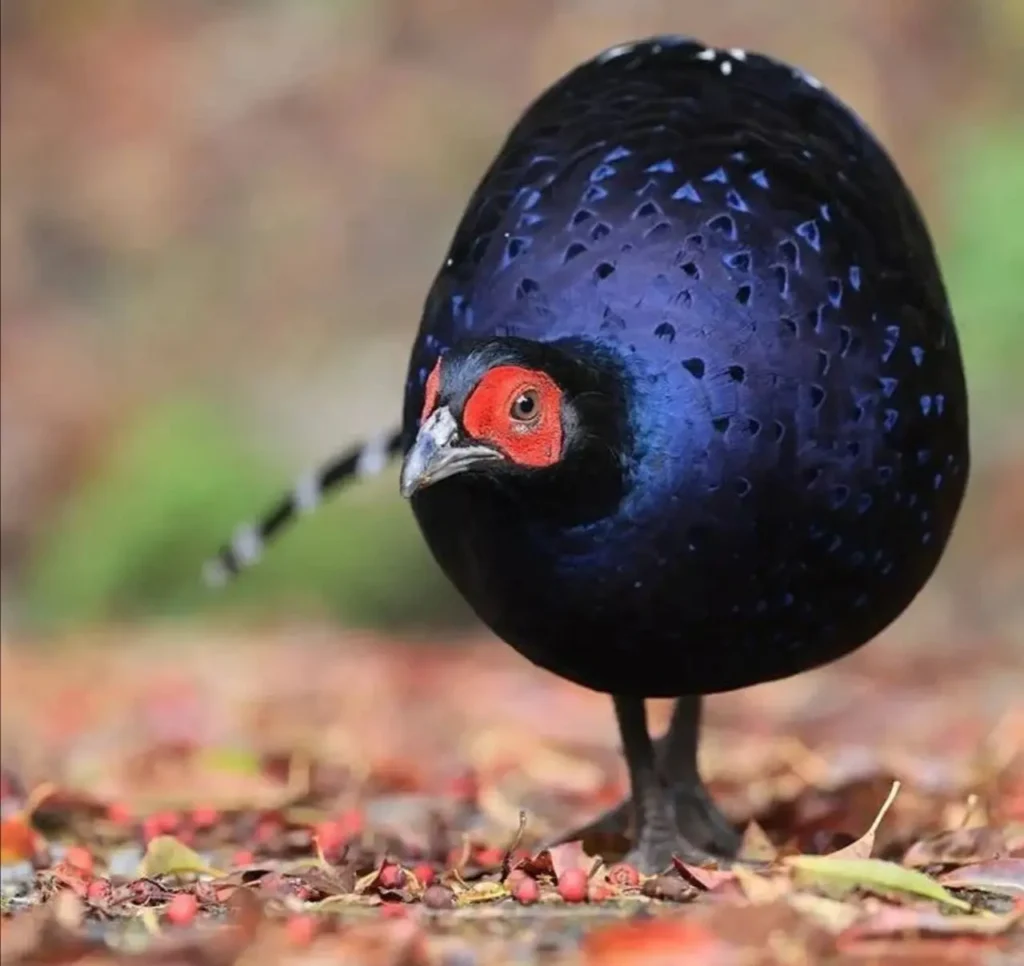


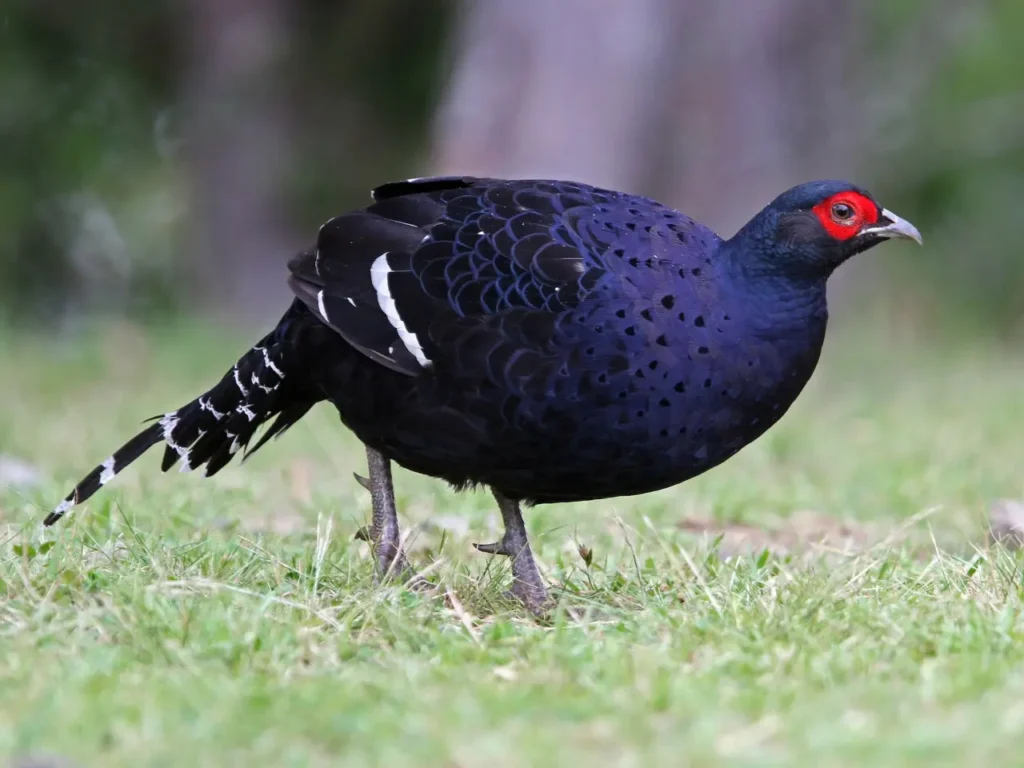
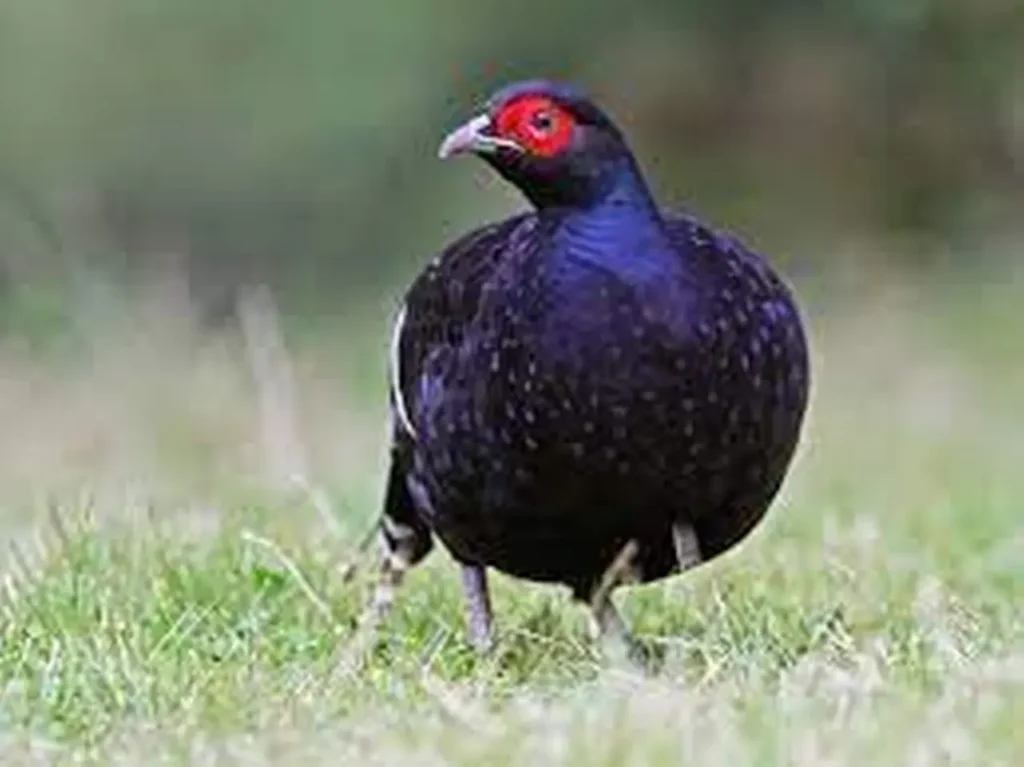
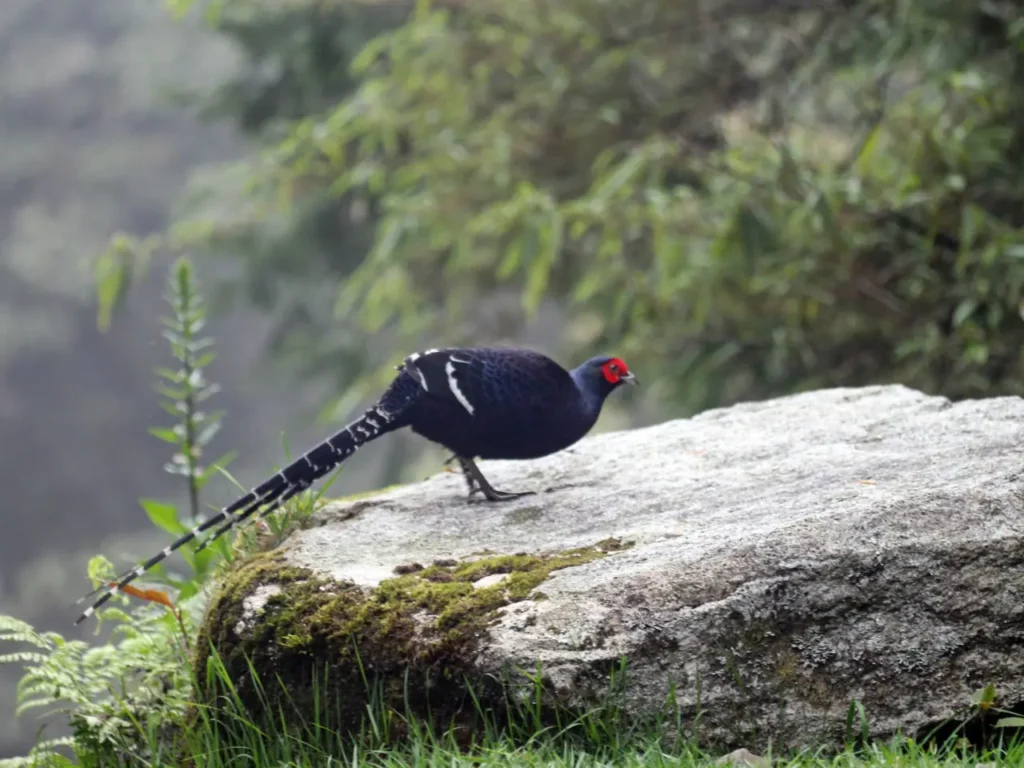
Appearance and Plumage
The Mikado Pheasant is a large and strikingly beautiful bird, with the males exhibiting a particularly resplendent appearance. They possess a long, flowing tail adorned with distinctive, iridescent coppery-orange and green feathers. The body is predominantly dark brown or black, featuring intricate patterns of white, rufous, and cream-colored markings. The striking contrast between the dark plumage and the vibrant accents is a true marvel of nature’s artistry.
Females, on the other hand, have a more subdued appearance, with brown and buff-colored feathers providing excellent camouflage among the forest understory.
Habitat and Distribution
The Mikado Pheasant is native to the mountainous regions of central and eastern Asia, specifically found in parts of China, Taiwan, and northeastern Vietnam. It inhabits dense forests, including broadleaf and coniferous forests, where it finds suitable cover and ample food sources.
These pheasants are highly adaptable and can survive in a range of elevations, from lowland forests to high-altitude mountainous regions. However, their population numbers have been greatly impacted by habitat loss and fragmentation, resulting in their classification as a vulnerable species.
Courtship Displays and Behavior
During the breeding season, the Mikado Pheasant engages in elaborate courtship displays to attract mates. The male performs a dazzling spectacle, spreading its ornate tail feathers in a magnificent fan shape, while simultaneously bobbing and bowing to showcase its beauty and strength. It utters deep, resonant calls to announce its presence to potential mates and rivals.
The courtship displays are not limited to visual exhibitions alone. The male may also engage in wing-flapping and exaggerated strutting movements to further captivate the female’s attention. This enchanting display is a testament to the Mikado Pheasant’s elegance and the intricacies of its species-specific courtship rituals.
Diet and Feeding Habits
The diet of the Mikado Pheasant primarily consists of plant matter, including fruits, seeds, leaves, buds, and insects. It forages on the forest floor, utilizing its strong legs and beak to dig for food and turn over leaf litter in search of hidden treats. This omnivorous diet provides the necessary nutrients for the pheasant’s survival and reproductive success.
Conservation Status and Protection
The Mikado Pheasant faces numerous threats to its survival, primarily due to habitat loss and fragmentation caused by deforestation and human encroachment. Poaching for its beautiful feathers and habitat degradation further contribute to its vulnerable status.
Conservation efforts are essential to protect and preserve the Mikado Pheasant and its habitat. Initiatives focusing on habitat conservation, sustainable land use practices, and raising awareness about the importance of these iconic birds are crucial for their survival. By supporting conservation organizations and responsible ecotourism initiatives, we can contribute to the safeguarding of this majestic species.
An Emblem of Natural Beauty
The Mikado Pheasant, with its resplendent plumage and captivating courtship displays, is an emblem of natural beauty and grace. Its presence in the Asian forests reminds us of the extraordinary diversity found in nature and the importance of protecting and preserving such magnificent creatures. By valuing and conserving the habitats that these birds rely on, we can ensure that the Mikado Pheasant continues to inspire and enchant future generations with its timeless allure.
